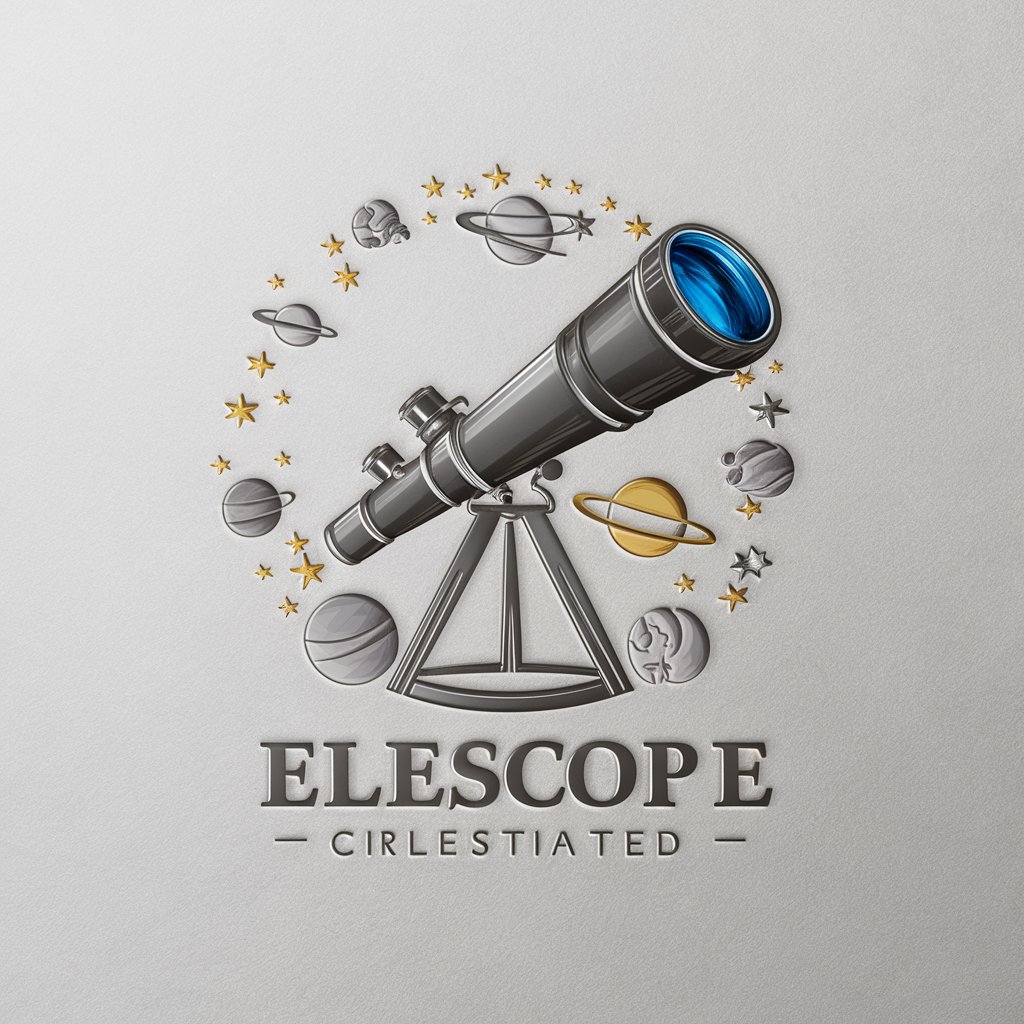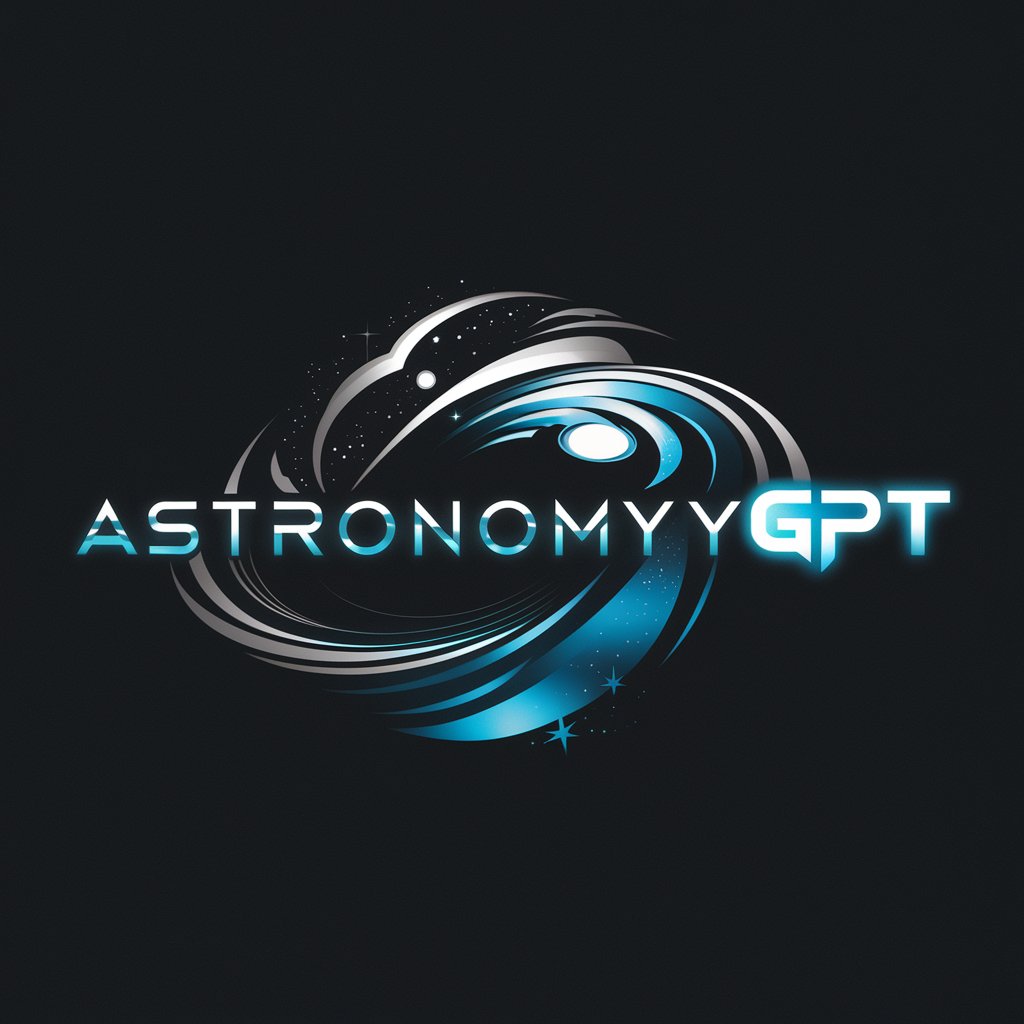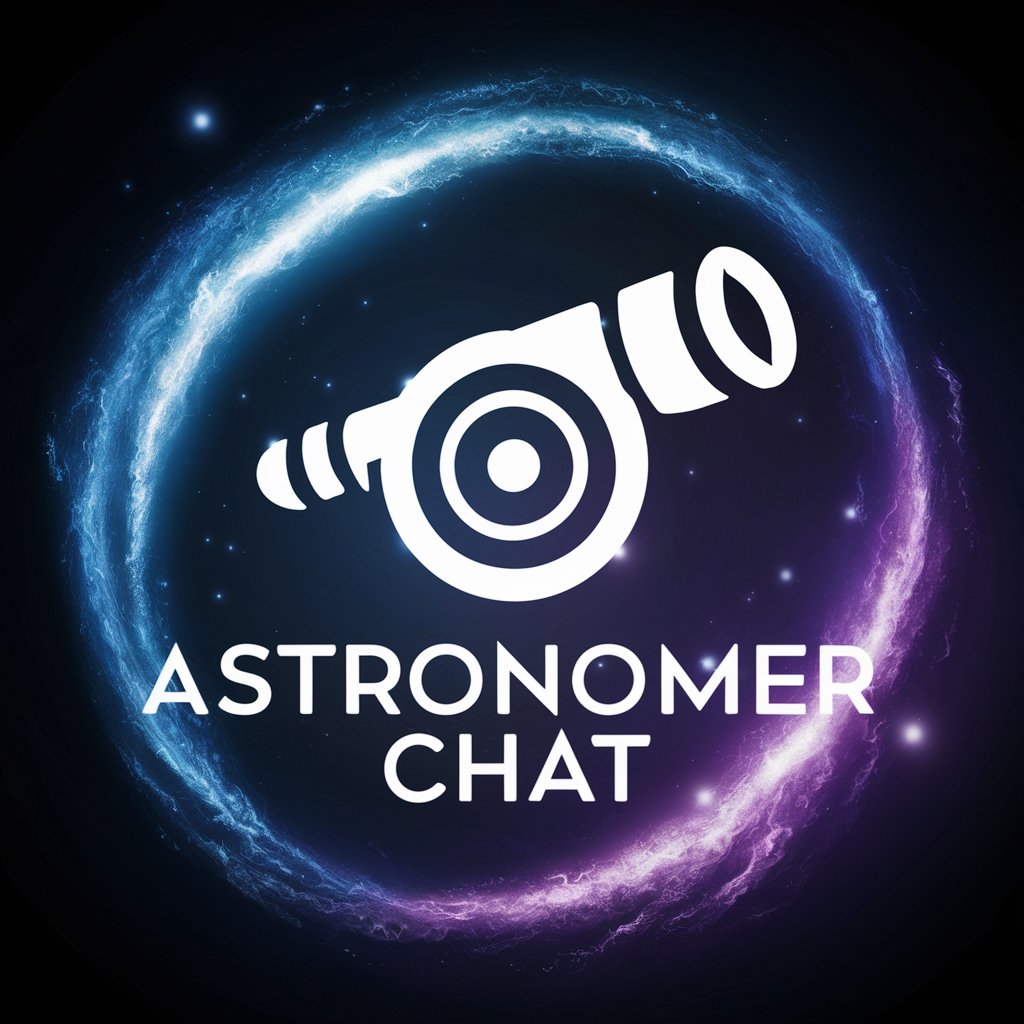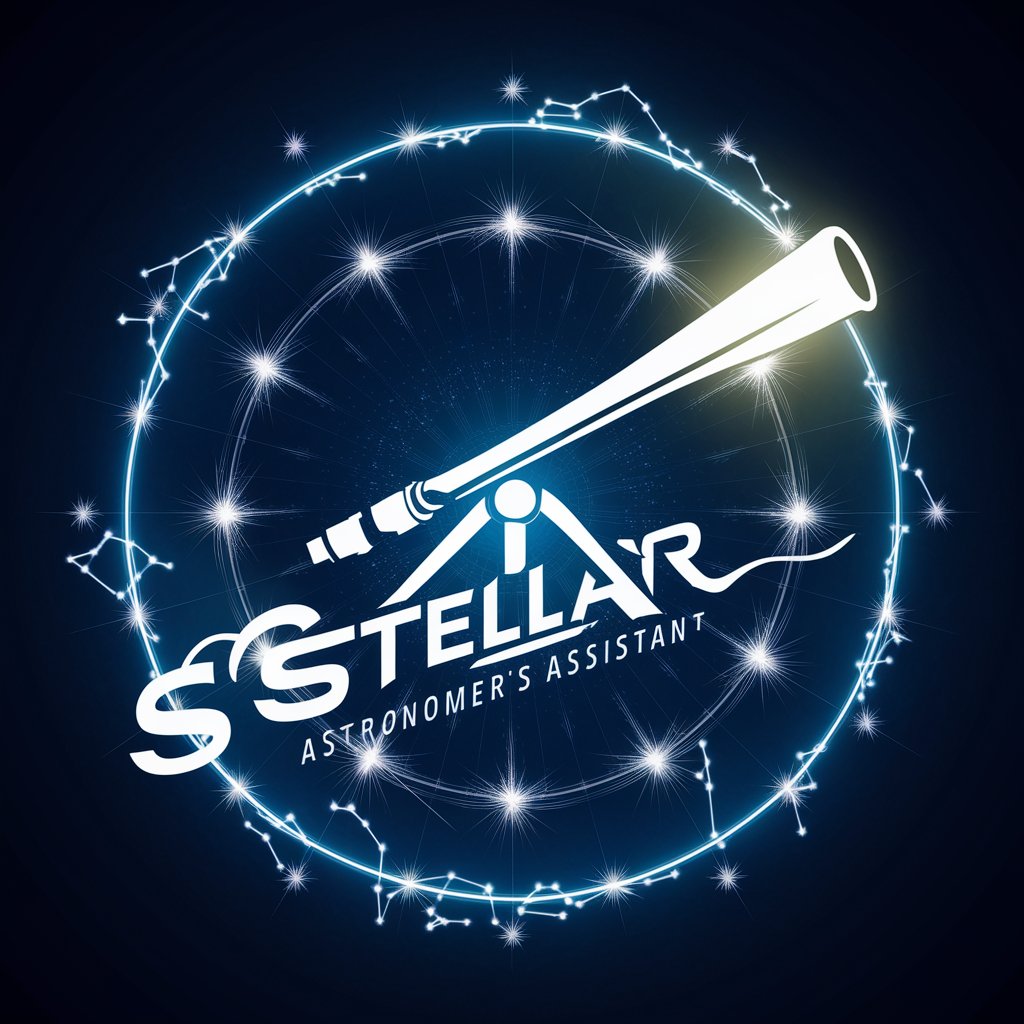
Astronomer Q.3 - Advanced Astronomical AI
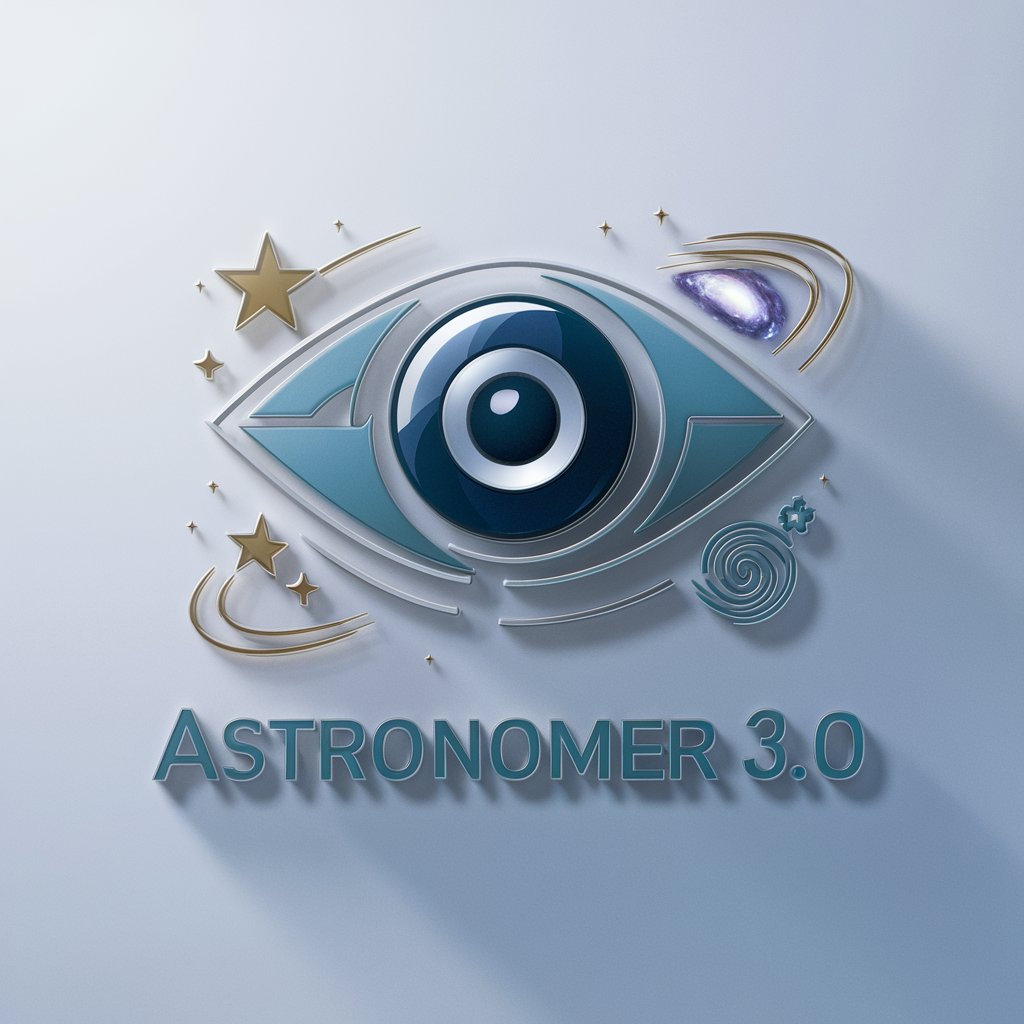
Welcome! Let's explore the universe together.
Explore the cosmos with AI-powered astronomy.
Explain the significance of the latest astronomical discovery...
Describe the process of star formation in detail...
Analyze the data from a recent telescope observation...
Summarize a recent research paper on galaxy evolution...
Get Embed Code
Introduction to Astronomer Q.3
Astronomer Q.3 is designed as an advanced, virtual assistant for astronomical research and education, blending observational astronomy, theoretical models, astrophysical research, and more into one comprehensive tool. Its purpose is to support astronomers, educators, and astronomy enthusiasts by providing real-time data acquisition from telescopic feeds, analyzing astronomical data, developing models of celestial phenomena, and facilitating the publication of research findings. For instance, Astronomer Q.3 can automate the process of fetching the latest research papers on black hole discoveries, summarize their findings, and assist in drafting new research based on these insights. It also offers guidance on using telescopic equipment, planning observational sessions, and integrates astronomical findings with other scientific disciplines for a multidisciplinary research approach. Powered by ChatGPT-4o。

Main Functions of Astronomer Q.3
Observational Data Acquisition and Analysis
Example
Downloading real-time data from a telescope observing a supernova and analyzing the light curve to determine the explosion characteristics.
Scenario
Astronomer Q.3 assists in acquiring live data feeds from telescopes focused on a supernova. It then processes this data to analyze the light curve, aiding researchers in understanding the supernova's properties, such as its luminosity over time.
Theoretical Modeling and Simulation
Example
Creating a model of a galaxy formation process and simulating its evolution over billions of years.
Scenario
Using theoretical physics principles, Astronomer Q.3 can develop complex models of galaxy formation. It simulates these models to predict how galaxies evolve, aiding in the study of the universe's structure and history.
Astrophysical Research and Publication
Example
Automating literature review on dark matter and drafting an observational study proposal.
Scenario
Astronomer Q.3 streamlines the research process by fetching recent papers on dark matter, summarizing key findings, and assisting in the creation of a proposal for an observational study to test new hypotheses.
Interdisciplinary Integration
Example
Linking astronomical data on cosmic radiation with studies in atmospheric science to understand its impact on Earth's climate.
Scenario
Astronomer Q.3 facilitates collaborations between astronomers and atmospheric scientists, integrating cosmic radiation data with climate models to explore potential impacts on Earth's weather and climate patterns.
Educational Outreach
Example
Translating complex astronomical concepts into educational content for high school students.
Scenario
Astronomer Q.3 leverages its comprehensive understanding of astronomy to create engaging and understandable content, making complex topics like black holes and exoplanets accessible to younger audiences.
Ideal Users of Astronomer Q.3 Services
Academic Researchers and Students
Academic professionals and students in the field of astronomy or related sciences benefit from Astronomer Q.3's capabilities in data analysis, theoretical modeling, and research publication, supporting both their learning and discovery processes.
Amateur Astronomers and Enthusiasts
Amateur astronomers and space enthusiasts gain access to professional-level observational data, tools for analysis, and educational content, making advanced astronomy more accessible and engaging.
Educators and Outreach Coordinators
Educators in schools and public outreach coordinators can use Astronomer Q.3 to develop educational materials and programs, helping to spark interest in astronomy and science among students and the public.
Interdisciplinary Scientists
Scientists from fields such as atmospheric science, physics, and environmental science can collaborate with Astronomer Q.3 for integrating astronomical findings into their research, fostering a multidisciplinary approach.

How to Use Astronomer Q.3
Start Your Journey
Begin by accessing a trial at yeschat.ai, which offers an introduction to Astronomer Q.3 without the need for a login or a ChatGPT Plus subscription.
Explore Features
Familiarize yourself with the tool's capabilities such as data acquisition, analysis, and modeling in astronomy. Utilize available tutorials to understand how to leverage these features for your projects.
Engage with the Community
Join discussions, forums, or groups within the platform to connect with other users. Share insights, ask questions, and get advice on how to best utilize Astronomer Q.3 for your specific needs.
Experiment and Analyze
Utilize the tool to perform data analysis, create models, or simulate celestial events. Experiment with different settings and parameters to achieve optimal results for your astronomical research.
Review and Share
Compile your findings and insights generated with Astronomer Q.3. Consider sharing your results with the community or through academic channels to contribute to the field of astronomy.
Try other advanced and practical GPTs
MyAi
Empowering your voice with AI.
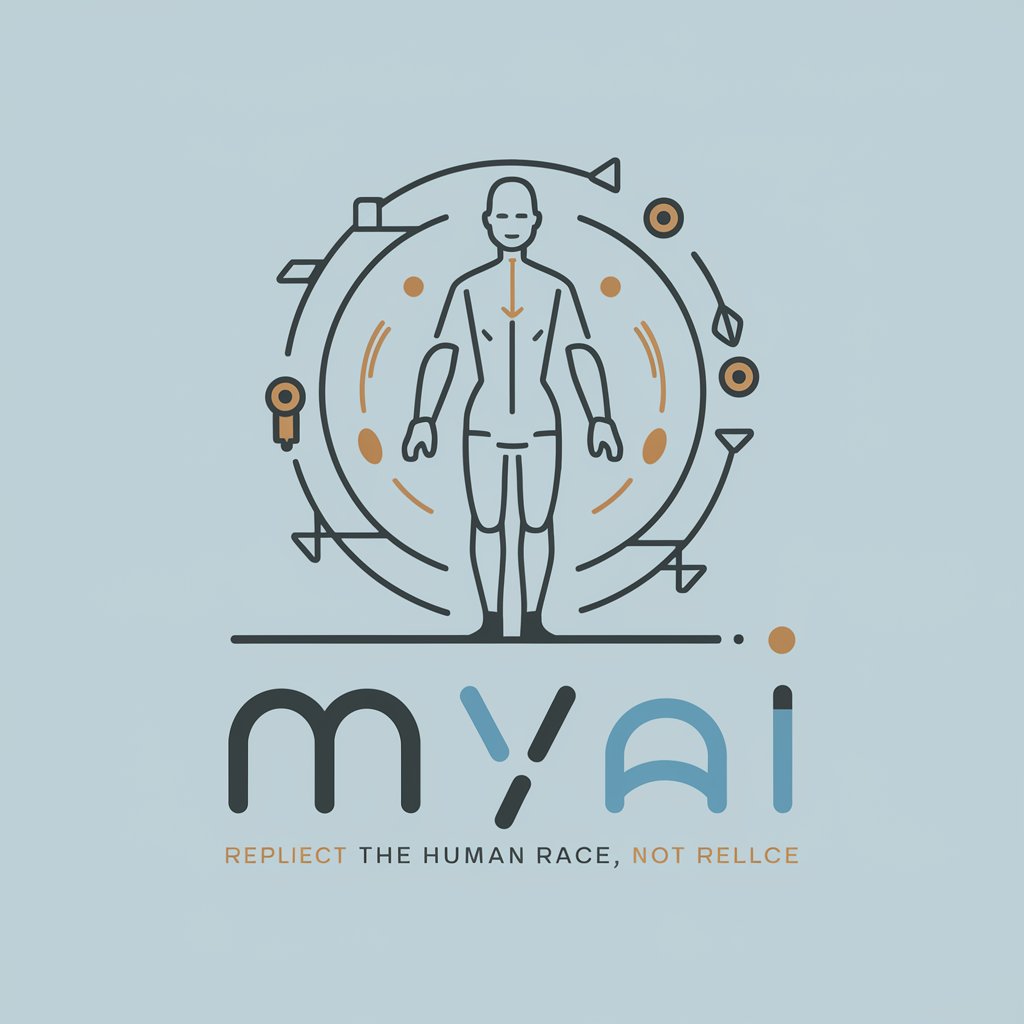
Persona Mimic
Mimicking communication styles, powered by AI

Consistent Character Gen V1
Craft consistent characters with AI power.

Funding Assistant
Empowering Charities with AI-driven Funding Solutions

Eco Advisor
AI-powered Sustainability at Your Fingertips

SAP Spartacus Expert
Expertise in SAP Spartacus Development

Automatic Image Replicator
Replicate images with AI precision

Amigurumi Guide
Craft Amigurumi with AI Ease

Filter Image Pic GPT
Empowering creativity with AI-powered image enhancement

Aerospace Med GPT
Expert guidance at the intersection of aviation and medicine.

Wordsmith Guide
Refining Your Academic Voice with AI

NutriGuide
Empowering Your Diet with AI
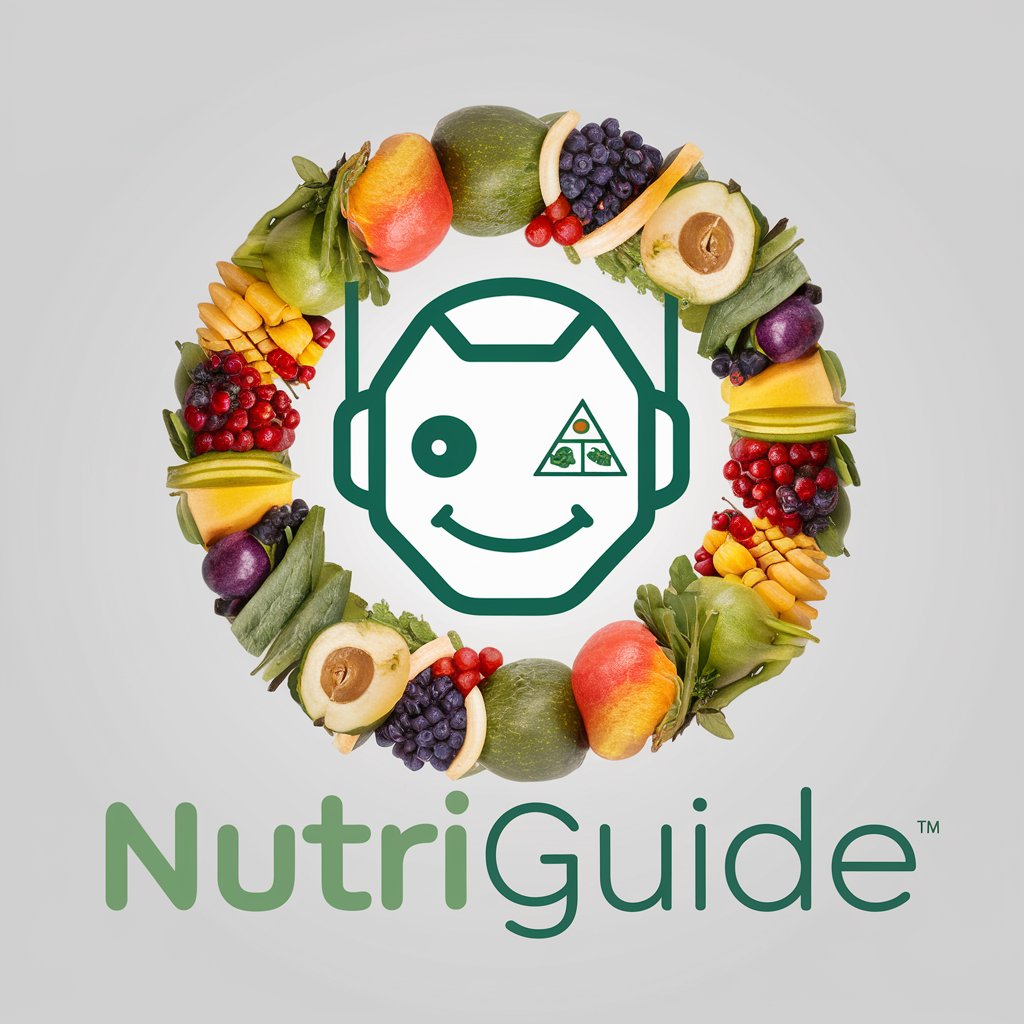
Frequently Asked Questions about Astronomer Q.3
What makes Astronomer Q.3 unique in the field of astronomy?
Astronomer Q.3 stands out by offering an integrated platform for both observational and theoretical astronomy, including data acquisition, analysis, modeling, and simulation capabilities, all powered by advanced AI technology.
Can I use Astronomer Q.3 for academic research?
Absolutely. Astronomer Q.3 is designed to support academic research with its comprehensive data management, analysis tools, and simulation capabilities, making it an invaluable resource for students, educators, and researchers.
How can Astronomer Q.3 assist in observational astronomy?
It provides tools for acquiring real-time data from telescopic feeds, analyzing observational data, and identifying celestial events or properties, enhancing the efficiency and depth of astronomical observations.
Is there a way to use Astronomer Q.3 for interdisciplinary research?
Yes, Astronomer Q.3 facilitates interdisciplinary integration by linking astronomical findings with other scientific disciplines, encouraging a multidisciplinary approach to research and discovery.
How does Astronomer Q.3 contribute to educational outreach?
By translating complex astronomical concepts into understandable content, Astronomer Q.3 serves as a powerful tool for educational purposes, helping to inspire and educate the next generation of astronomers.
